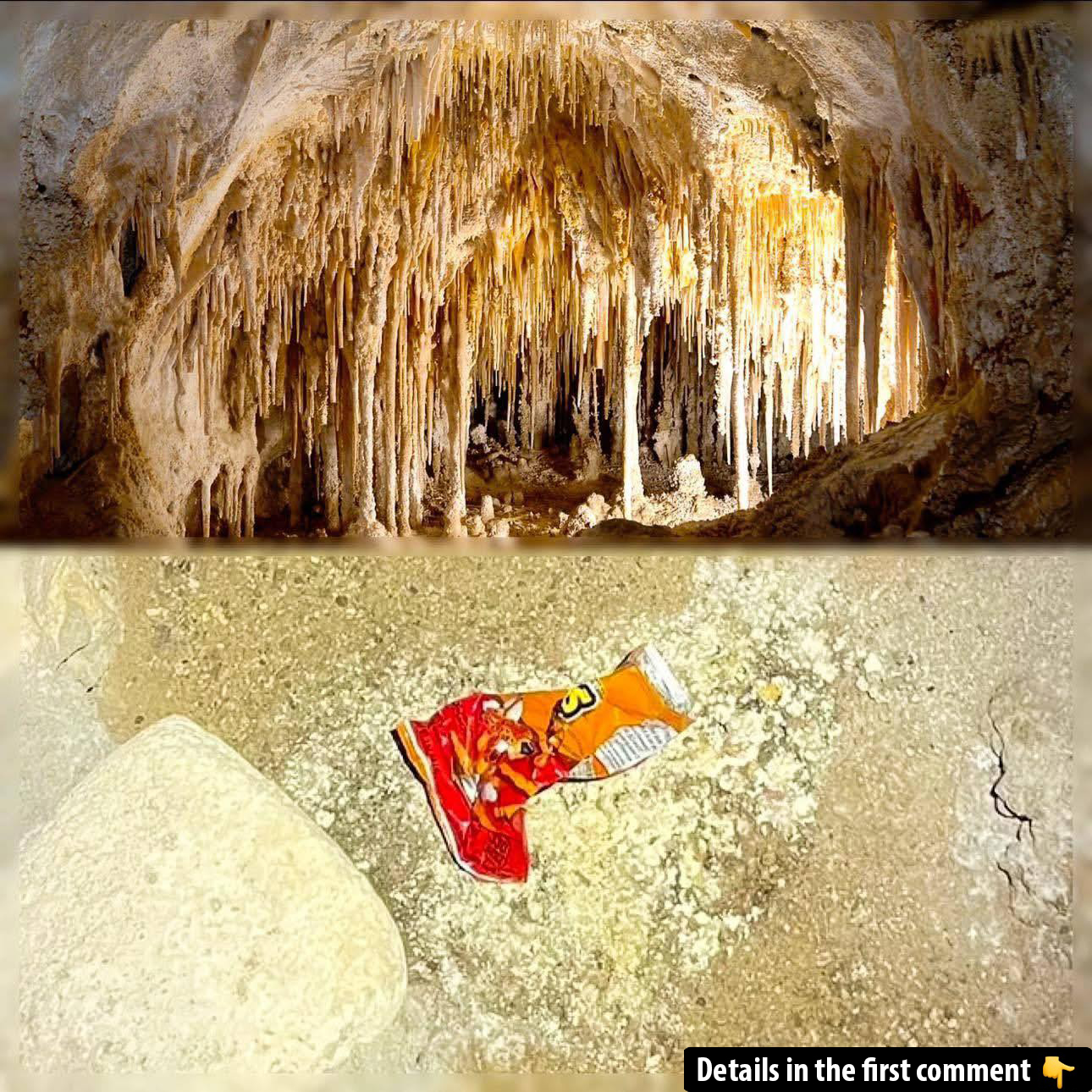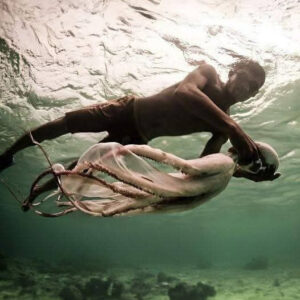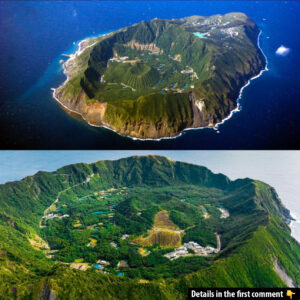At first glance, a discarded bag of Cheetos in the middle of a cave might seem like a trivial incident. However, in the delicate and unique ecosystem of the Carlsbad Caverns National Park, even the smallest human interference can have a world-changing impact. Recently, a snack bag left behind in the Big Room of the cavern triggered a cascade of environmental disruptions, highlighting just how vulnerable cave ecosystems are to human activity. This seemingly minor act of littering served as a stark reminder of the fragile balance that sustains these underground worlds and the urgent need for responsible behavior when visiting natural spaces.
The Carlsbad Caverns: A Delicate and Unique Ecosystem
Located in southeastern New Mexico, Carlsbad Caverns National Park is a wonder of nature, home to more than 119 caves formed through the dissolution of limestone by sulfuric acid. The Big Room, the largest single cave chamber by volume in North America, is an iconic feature of this national park, attracting thousands of visitors each year. But beyond the awe-inspiring formations of stalactites and stalagmites, the caverns are a highly sensitive ecosystem that depends on very specific conditions to survive.

The carved limestone, combined with the park’s humid environment, makes Carlsbad Caverns a rich habitat for various species of bats, insects, and other cave-dwelling creatures. Despite its beauty and complexity, this underground world is extremely vulnerable to disturbances—from temperature changes to the intrusion of foreign materials. The very nature of the cave’s ecosystem relies on its closed environment, and anything that disrupts its balance can have cascading effects on the entire system.
The vulnerability of cave ecosystems is largely due to their isolation and the limited food sources available. Creatures living in caves, such as bats, cave crickets, and various insect species, are adapted to very specific environmental conditions and have evolved to thrive in these controlled surroundings. Because the cave’s food web relies on limited and naturally occurring sources, even the introduction of foreign materials like food or waste can disrupt the delicate interactions between species, creating unforeseen consequences.
Video
Check out the video to learn how a bag of Cheetos has a huge negative impact on Carlsbad Caverns’ delicate ecosystem. This surprising story highlights the importance of preserving natural wonders!
The Cheetos Incident: A Small Act with Big Consequences
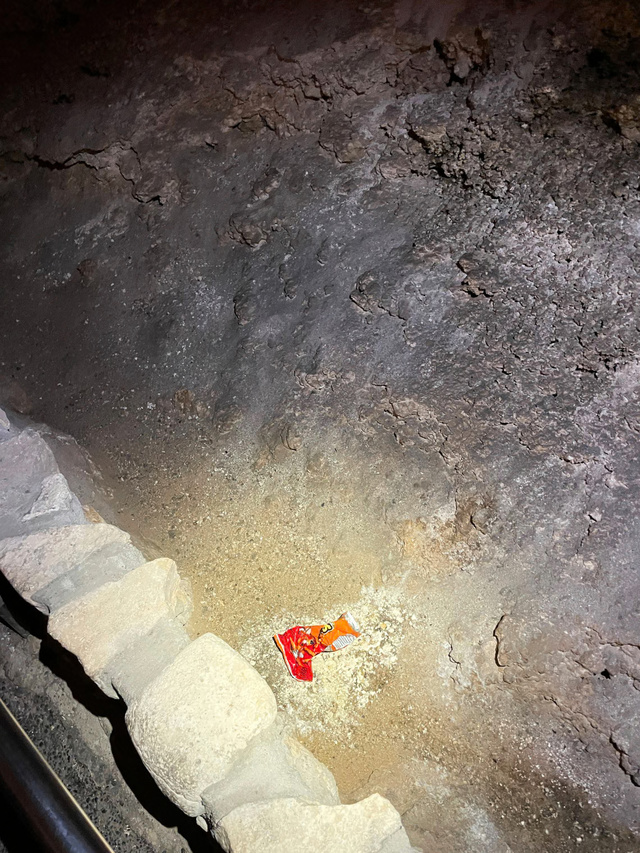
In July 2023, park rangers discovered an orange bag of Cheetos abandoned on the cave floor in the Big Room. Initially, this act of littering seemed like a small and harmless incident, but the long-term impact was much more profound. The bag, left off-trail in the cavern, began to interact with the high humidity and the cave’s naturally occurring conditions. The processed corn in the snack, softened by the moisture, provided the perfect environment for microbial life and fungi to flourish.
The microbial life and molds that began to grow on the snack quickly spread throughout the cave. The high humidity of the environment intensified this process, allowing the molds to fruit and die, creating a stench that disrupted the otherwise odorless cave atmosphere. The bag did not only serve as a food source for microorganisms, but its presence also triggered a temporary food web among the cave crickets, mites, spiders, and flies that are commonly found in the area. The organisms began to break down the nutrients in the Cheetos, spreading them throughout the cave and contaminating surfaces that had once been untouched by human hands.
The Role of Microbial Life and Fungi in the Cave’s Ecosystem
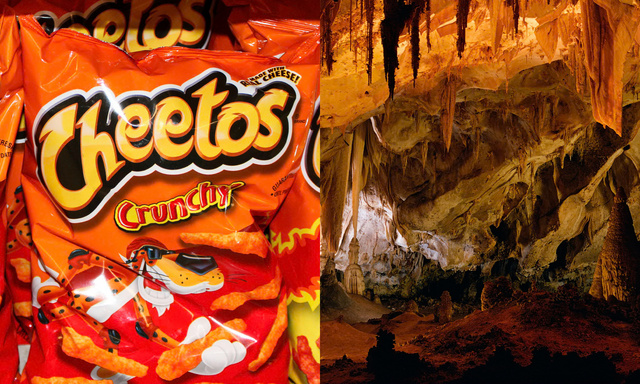
While caves often host organisms that can withstand extreme conditions, introducing new food sources like Cheetoscreates a perfect storm for ecological disruption. The processed food, combined with the humidity, created an ideal breeding ground for microbial life.
The park service explained that the presence of the snack bag was “world-changing” for the ecosystem because it introduced molds, bacteria, and fungi that were completely foreign to the natural cave environment. These microorganisms do not belong in this isolated ecosystem, and their introduction can lead to the displacement of native organisms and disrupt the cave’s natural processes.
The park service described how the molds not only spread over the snack bag but climbed higher up the cave’s walls, affecting other surfaces. The fungi grew in unexpected places, contributing to an unpleasant odor and affecting the aesthetic integrity of the cave.
What was initially a simple, accidental littering act turned into a much larger environmental issue—one that required rangers to spend over 20 minutes carefully removing molds and debris from cave surfaces. The presence of the Cheetos bag serves as a clear example of how human activities, even seemingly insignificant ones, can introduce foreign elements that disrupt a fragile ecosystem.
The Consequences for Cave Inhabitants
Cave ecosystems are home to unique species that depend on very specific conditions to survive. The introduction of a new food source, like processed snacks, can quickly disrupt this balance. In the case of the Cheetos bag, the microbial life it attracted triggered a temporary food web, which affected local species. Cave crickets, mites, and other small creatures started to rely on the disrupted ecosystem, feeding off the nutrients from the mold and fungi.
This disruption led to an artificial food chain that never existed before. Although it may seem insignificant in the grand scheme of things, it shows how vulnerable cave organisms are to any environmental changes. The Cheetos bag, which was only a minor nuisance from a human perspective, became a major disruption in the cave’s delicate balance.
Park Officials’ Response and Actions
The National Park Service quickly responded to the discovery of the snack bag and its resulting contamination. Park rangers worked swiftly to remove the mold and foreign debris from the cave surfaces. Although the immediate danger was managed, the incident highlighted the long-term risks posed by even small items like a discarded snack. The rangers’ efforts emphasized the importance of maintaining the integrity of natural spaces and the need for careful monitoring of human activities within these ecosystems.
The Carlsbad Caverns National Park’s response also included an educational outreach campaign to remind visitors of the importance of “leave no trace” ethics. The park service issued a warning to visitors, emphasizing that food waste can have irreparable effects on cave ecosystems. The message was clear: even seemingly trivial actions, like leaving behind a snack bag, can cause long-lasting harm to delicate environments. The NPS urged everyone to be mindful of their actions and to consider the bigger impact they can have on these protected spaces.
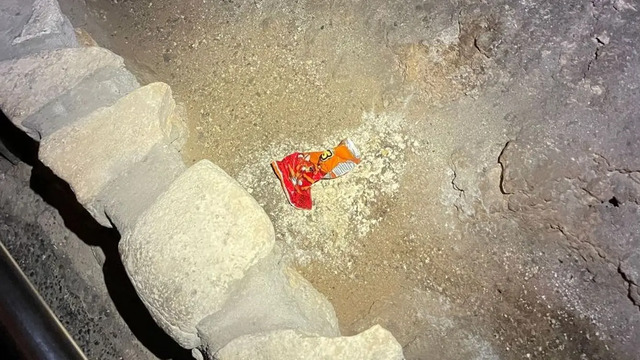
The Principle of “Leave No Trace” in Natural Parks
The Carlsbad Caverns incident underscores the importance of the “Leave No Trace” principle in protecting natural wonders. While some environmental impacts are unavoidable, a discarded snack bag is entirely preventable. Visitors to the park are encouraged to bring nothing but water into the caves, as even the smallest food scraps can disrupt the fragile ecological system. By taking simple precautions, we can all play a part in protecting our natural heritage.
A Broader Reflection on Human Impact in Natural Spaces
The Cheetos incident serves as a poignant reminder that every action has consequences, no matter how small. Disposing of waste properly and respecting the delicate nature of national parks are essential to preserving these environments for future generations. The park service’s efforts to educate the public on the fragility of cave ecosystems are critical in ensuring the continued protection of these natural treasures.
The simple act of picking up after ourselves and following established guidelines can help prevent larger, irreversible damage to ecosystems. If visitors adhere to the Leave No Trace principles, we can ensure that places like Carlsbad Caverns remain pristine for years to come.
Video
Watch the video to explore the mysterious blue hole deep inside a river cave. This stunning and enigmatic feature has sparked curiosity among explorers and scientists alike!
Conclusion
The Cheetos bag left behind in Carlsbad Caverns National Park may have seemed like a small mistake, but it had a profound impact on the cave’s fragile ecosystem. This incident illustrates the delicate balance that exists in natural spaces and the responsibility that visitors have to protect them. By understanding the long-term consequences of our actions, we can all contribute to preserving these natural wonders for future generations. Leave no trace—the health of our ecosystems depends on it.
